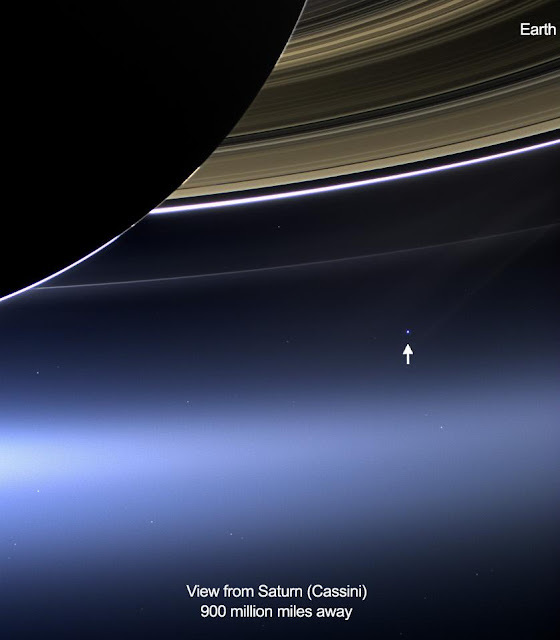Science Fridays
Post # 86
When I say "smart knife" what I don't mean is "ouch! that knife smarts!" like a friend exclaimed while digging through a wooden box containing a knife made of obsidian. He just barely grazed the edge and his knuckle was bleeding like a stuck hog. Nor do I mean that the knife seemed smarter than the person wielding it, like the time a (different) friend used his high carbon steel Scottish dirk to cut a piece of nearly frozen butter for a concoction he was cooking. He ended up in the hospital, with several stitches and a bad case of humility. I also don't even mean that there is something new created in Silicon Valley, or Kyoto, or Samsung or whoever called the "Smart Knife" that can slice, dice, chop, fillet, and let you download movies, check your E-mail, and give you GPS directions to the pantry, for that "very useful" invention hasn't been invented yet. If it ever is invented, then remember that you saw the idea here first - and let me know, so that I can claim some kind of royalties for it. And I definitely don't mean "Mac the Knife."
What I do mean when I say "smart knife" is a knife, or rather a scalpel, that has its own ability to distinguish between cancerous tissue and healthy tissue while it is being used (by capable doctors, of course).
This little gem, called the "Intelligent Knife" was created by researchers at Imperial College in London. They published their findings in the medical journal, Science Translational Medicine on July 17. The "iKnife" can't let you check you E-mail, but what it can do is instantly inform surgeons if the tissue they're cutting is cancerous or not.
Up until now the best a surgeon could do was make a cut, send a small sample to the lab to be tested, and wait about a half hour for the results to come back. it's virtually impossible to tell the type of tissue by sight. Even with the test, surgeons would often cut out a lot of healthy tissue "to make sure that they got it all." With all that they would also often miss some of the cancer and the poor patient would have to come back for a second surgery. That's both a sad and surprising shame, because the technology used for the knife was created in 1920.
The nearly 100 year old technology employed by the knife is called electrosurgery. The knife is electrified with enough current to burn the tissue as it cuts, instantly cotterizing it. Smoke is produced.
Dr. Zoltan Takats, the inventor of the iPhone
Zoltan Takats, of Imperial College of London, the inventor of the iKnife, understood that the smoke would be rich in chemicals. Using a mass spectrometer he analyzed the smoke as to its chemical make up. Using it he analyzed the tissue samples of 302 patients and recorded the results. While doing so they analyzed and recorded thousands of different tissues, both cancerous and healthy, of everything from the brain and spinal cord, through every organ in the body to the skin, bone, and muscles. All of these were added to the iKnife's database.
The mass spectrometer is hooked up directly to the iKnife. Using the information in its database it has been able to give results in less than three seconds. It has an accuracy rating of 100%, and has been used to diagnose tissue from 91 patients.
Takats said, "We believe it has the potential to reduce tumor recurrence rates and enable more patients to survive. The iKnife can determine things other than cancer. For instance it can also identify tissues with an inadequate blood supply.
I will be at a historical reenactment all weekend, so there will be no new posts until after I come back.






















